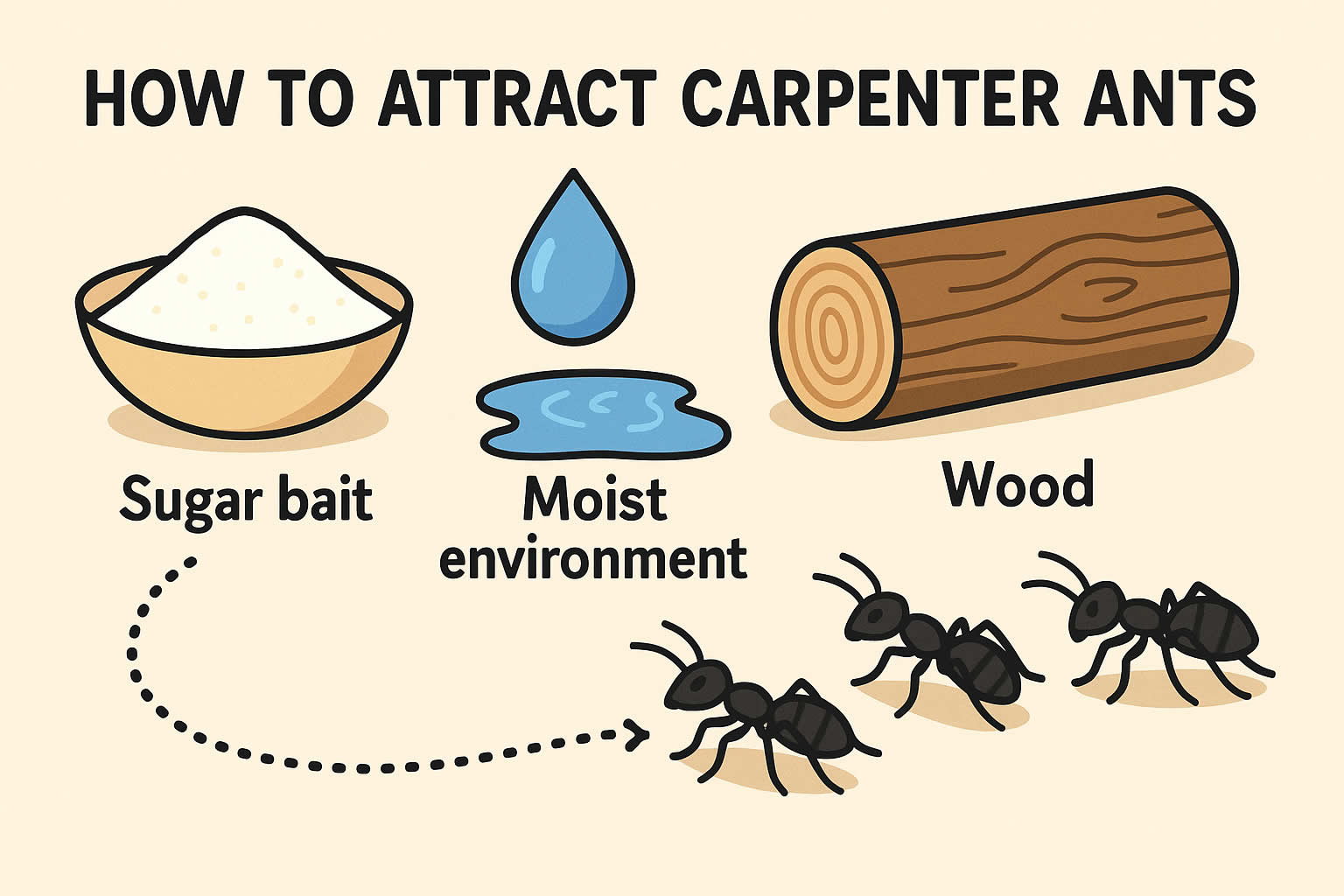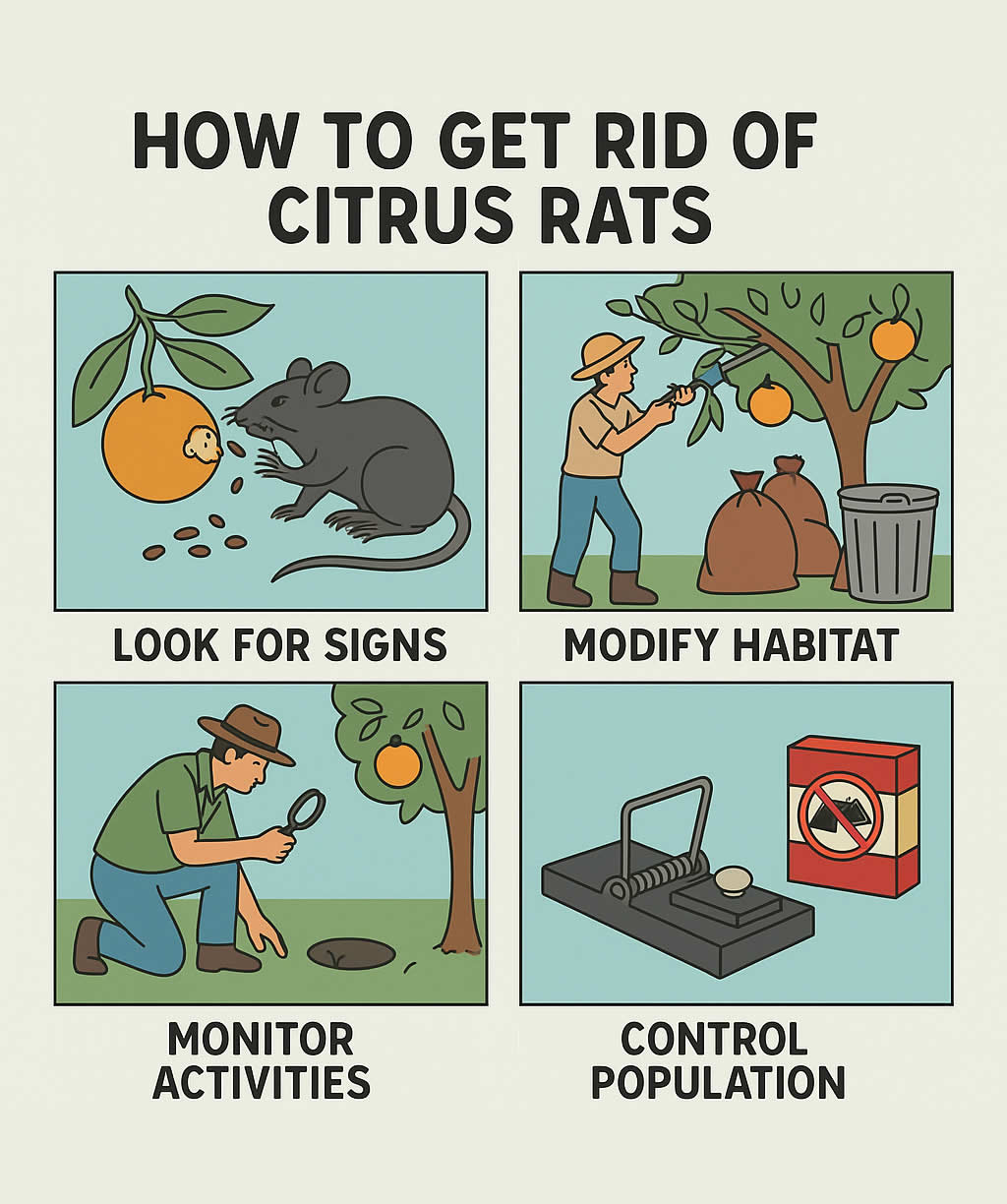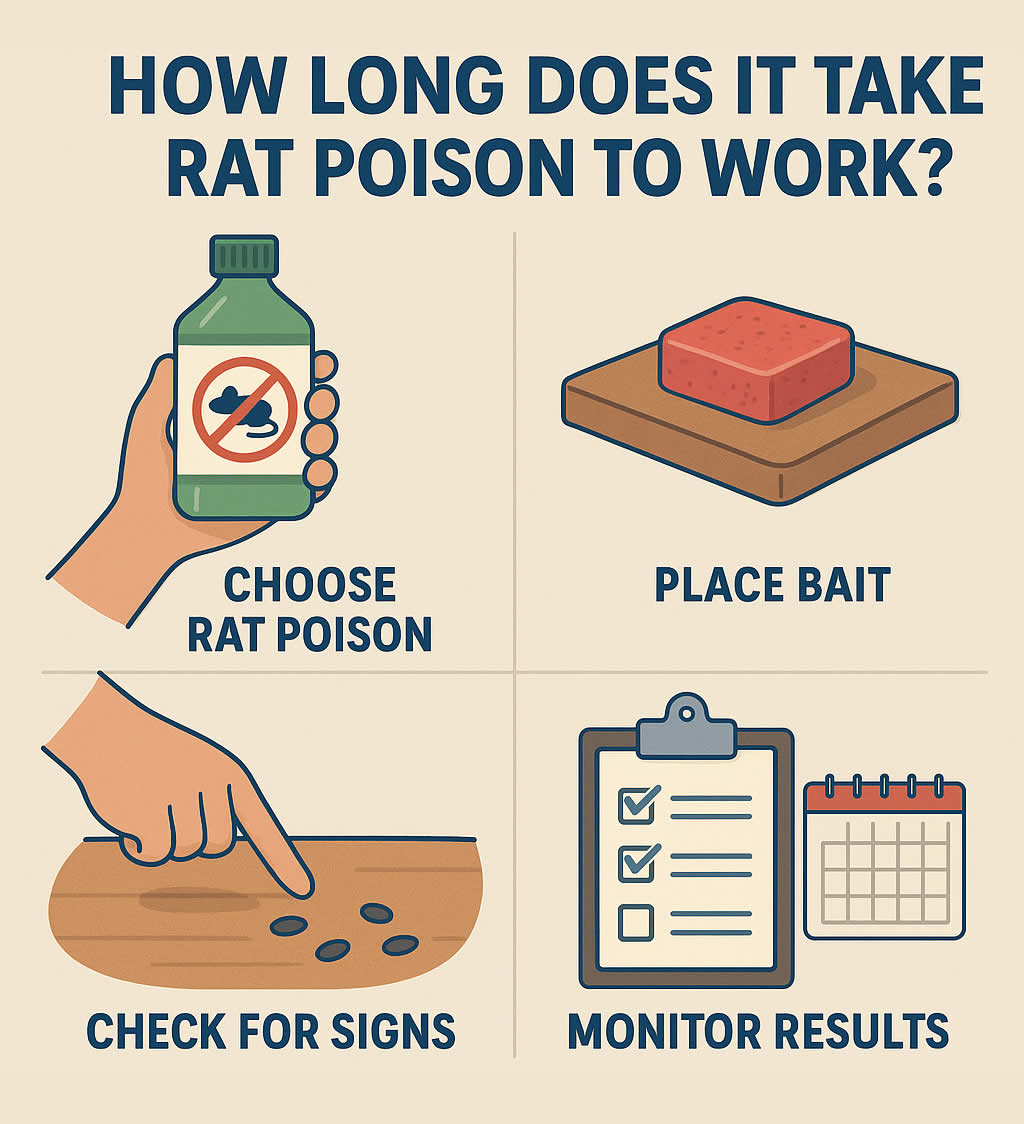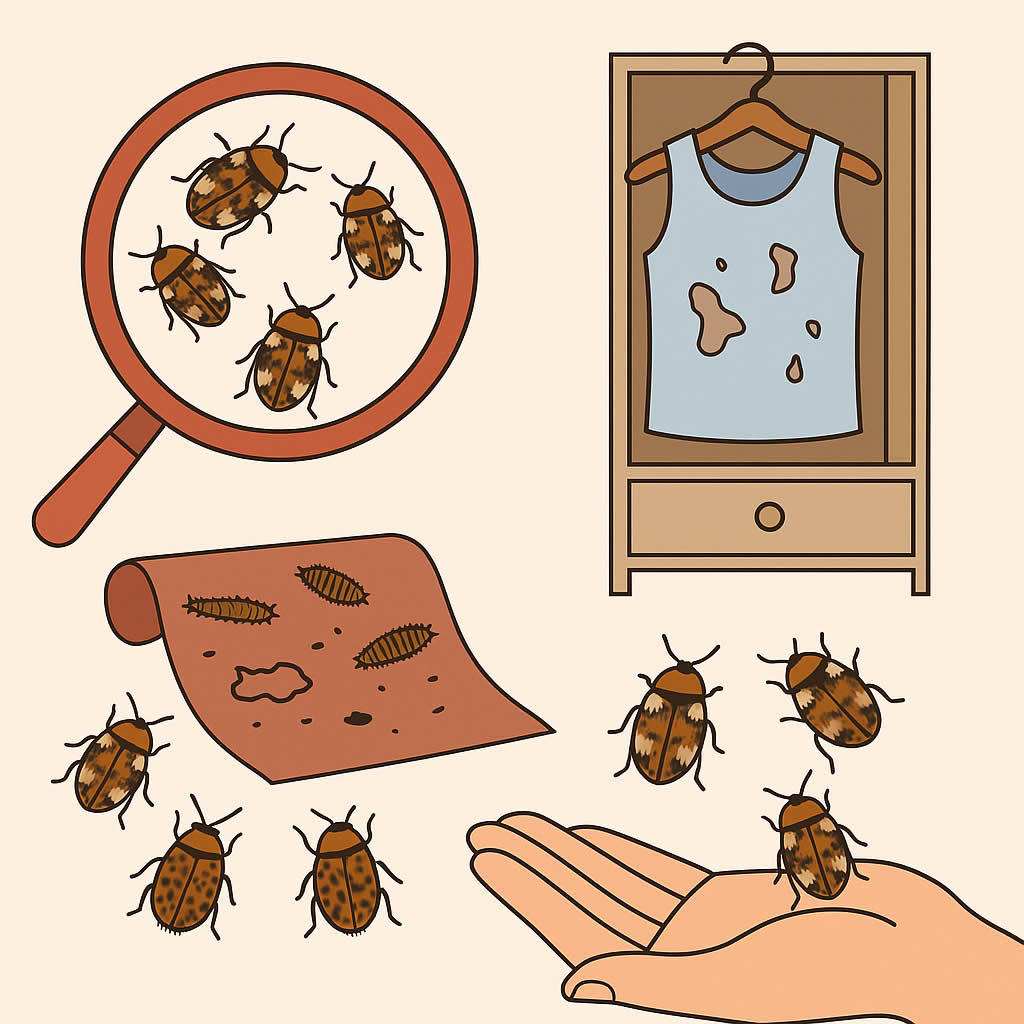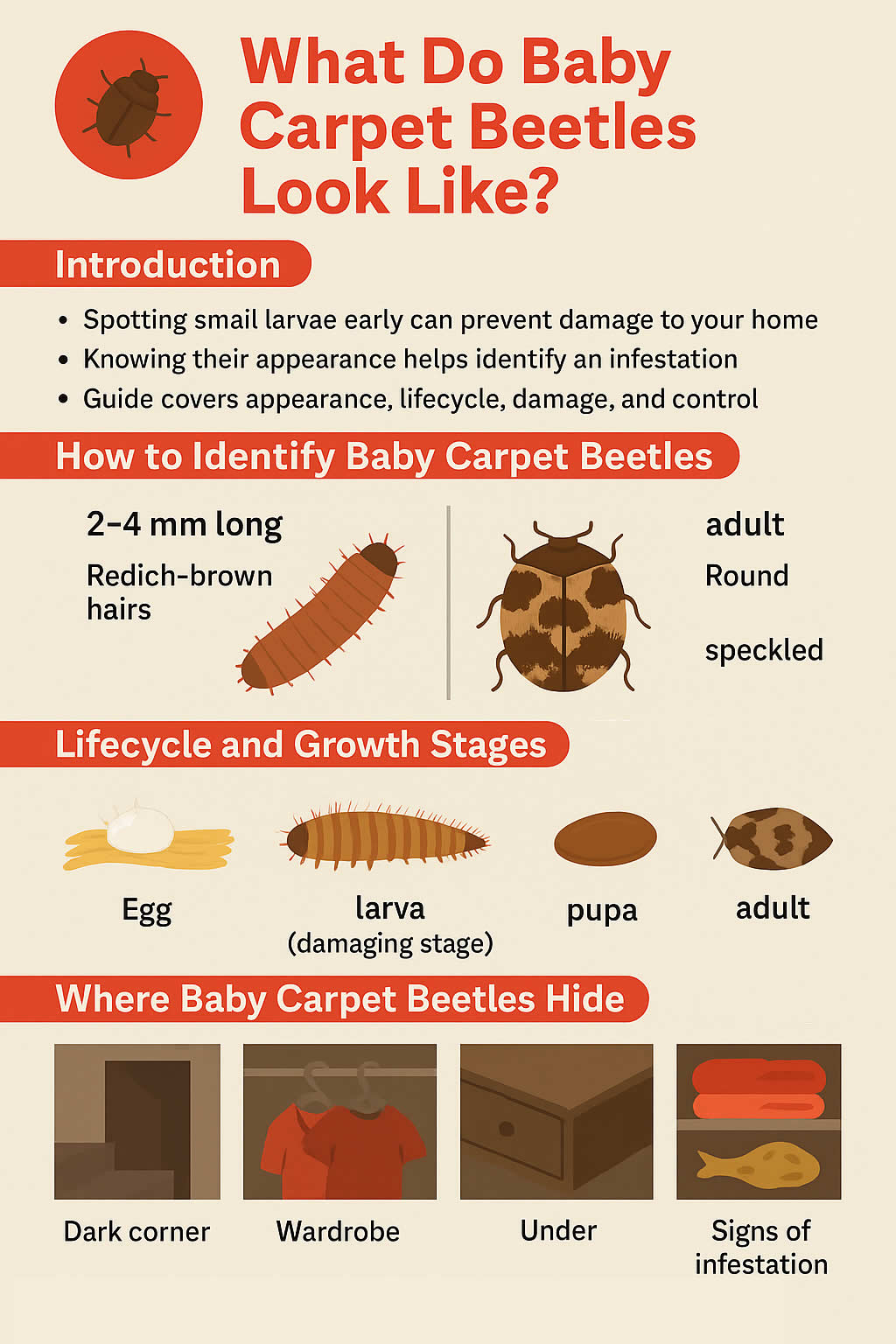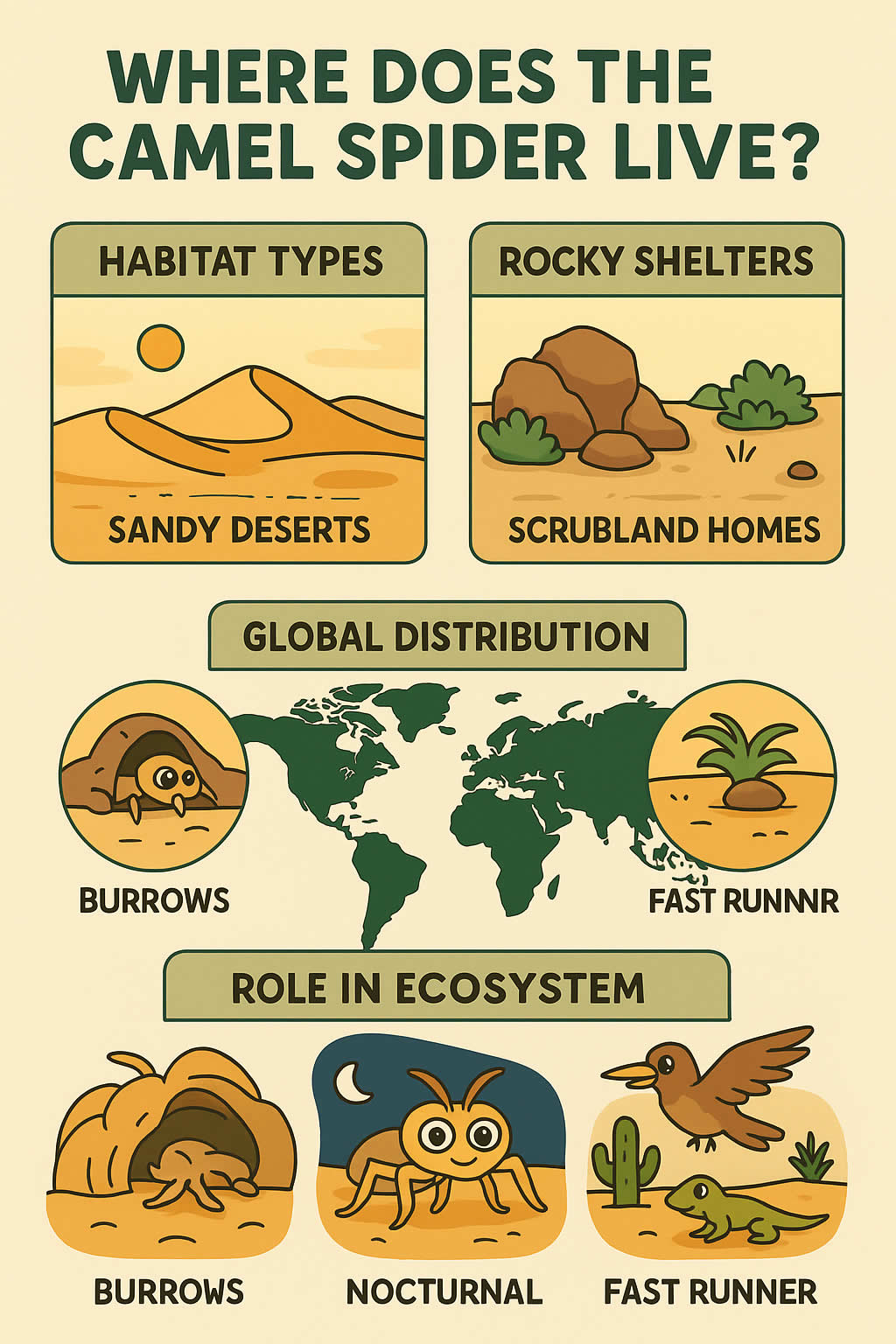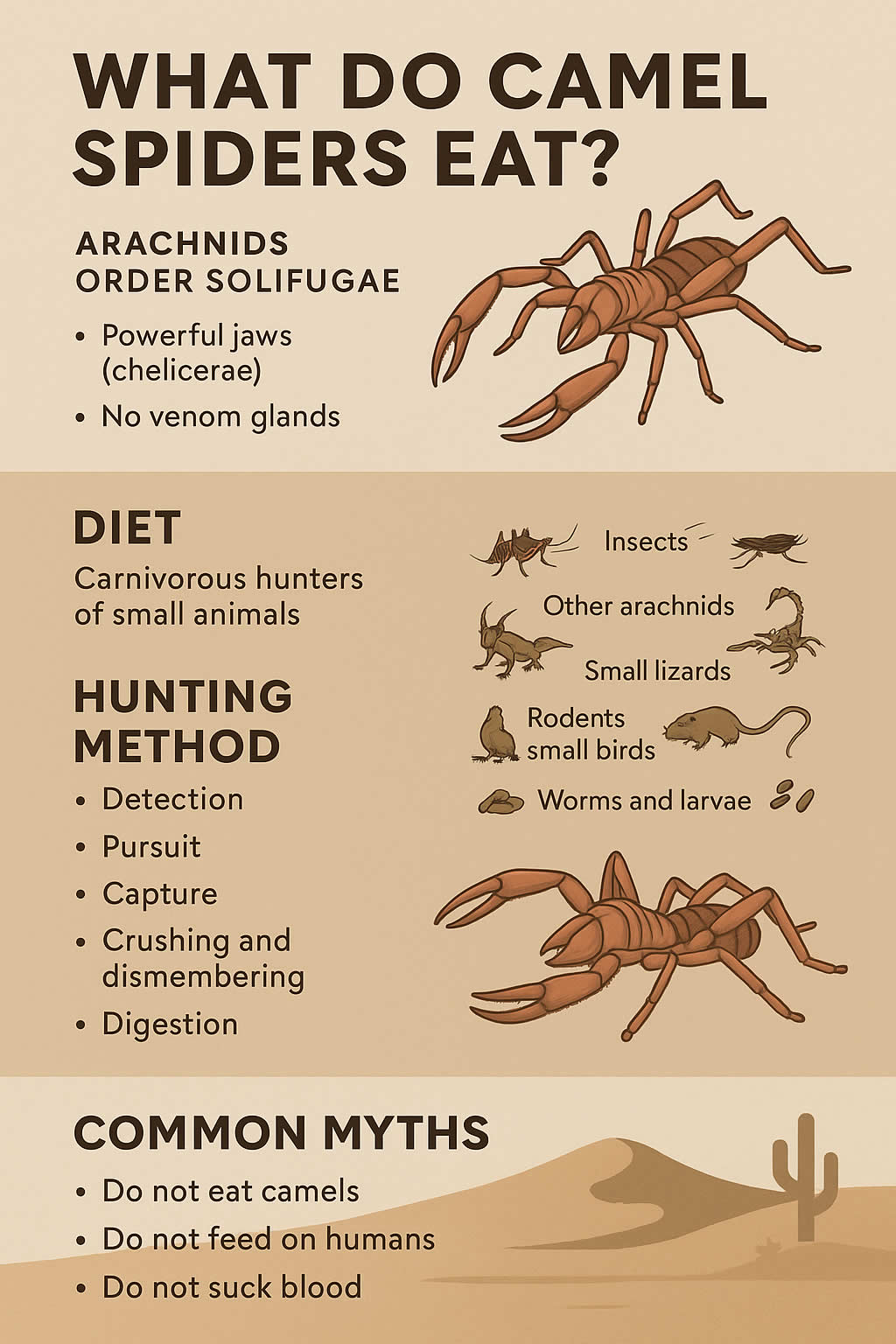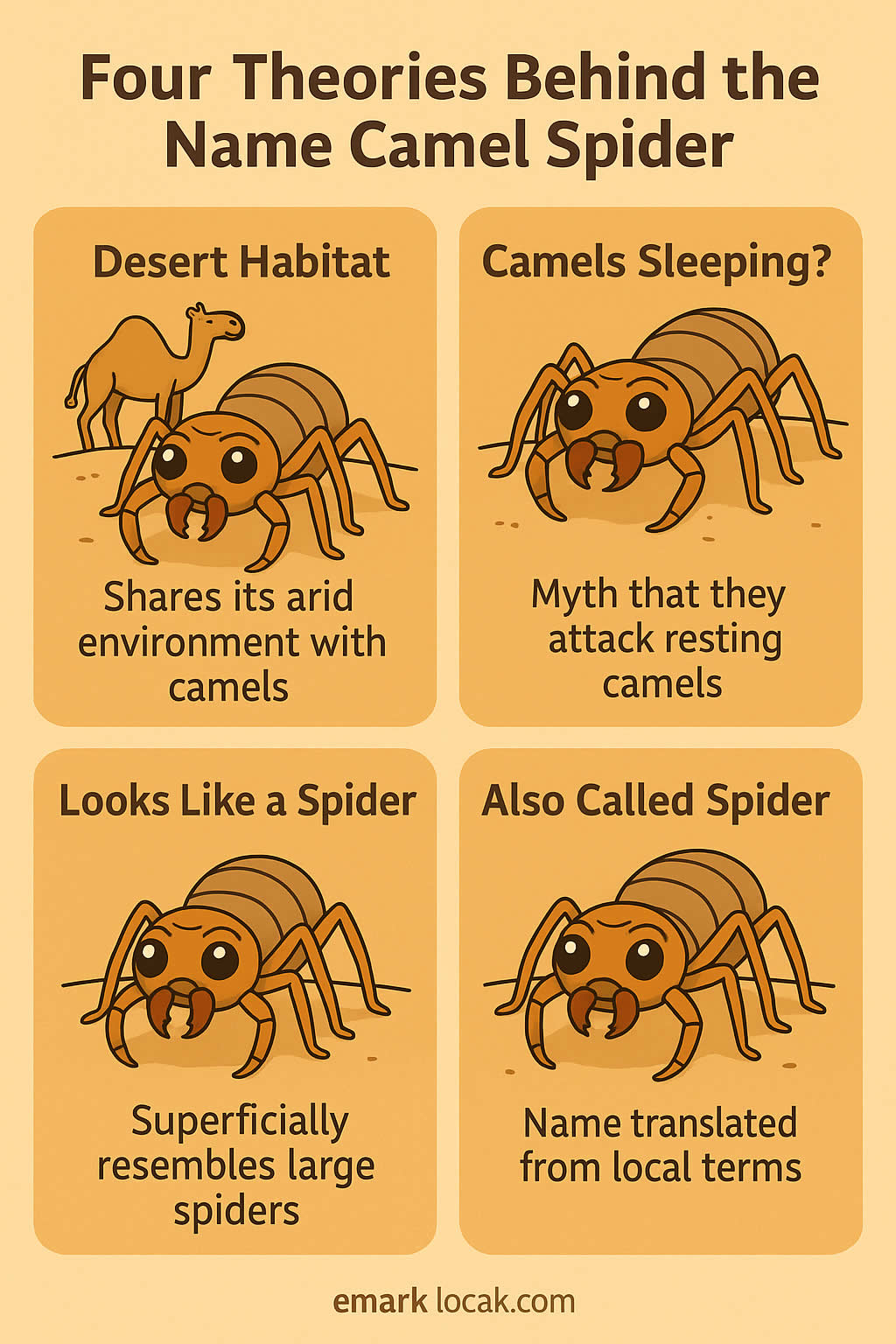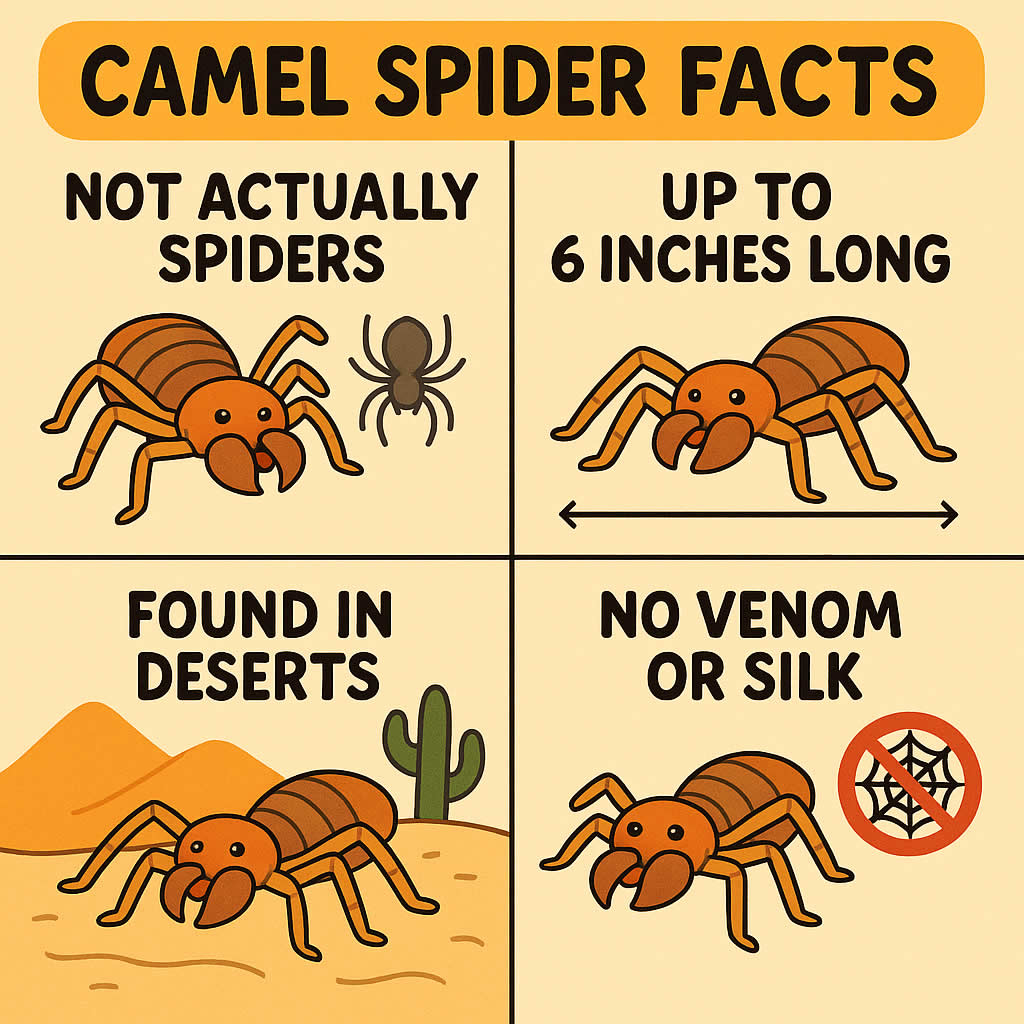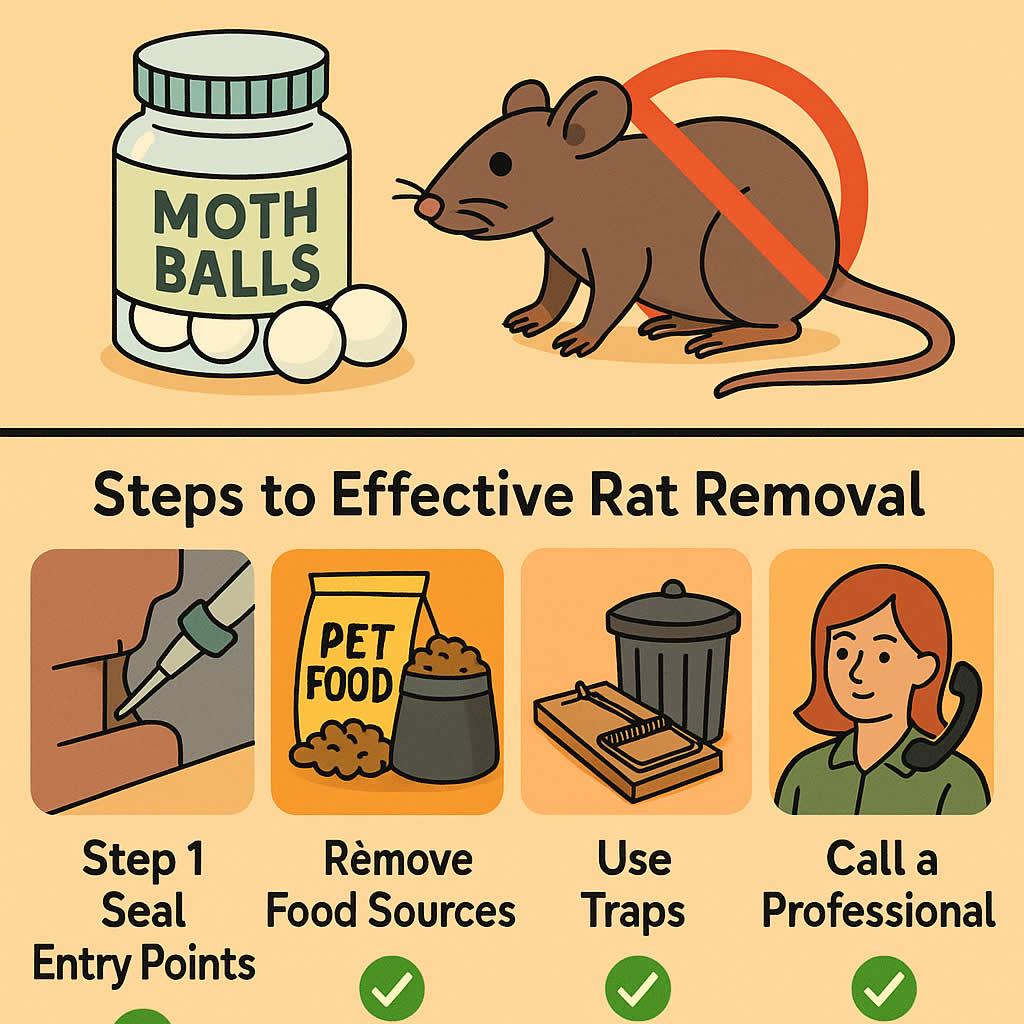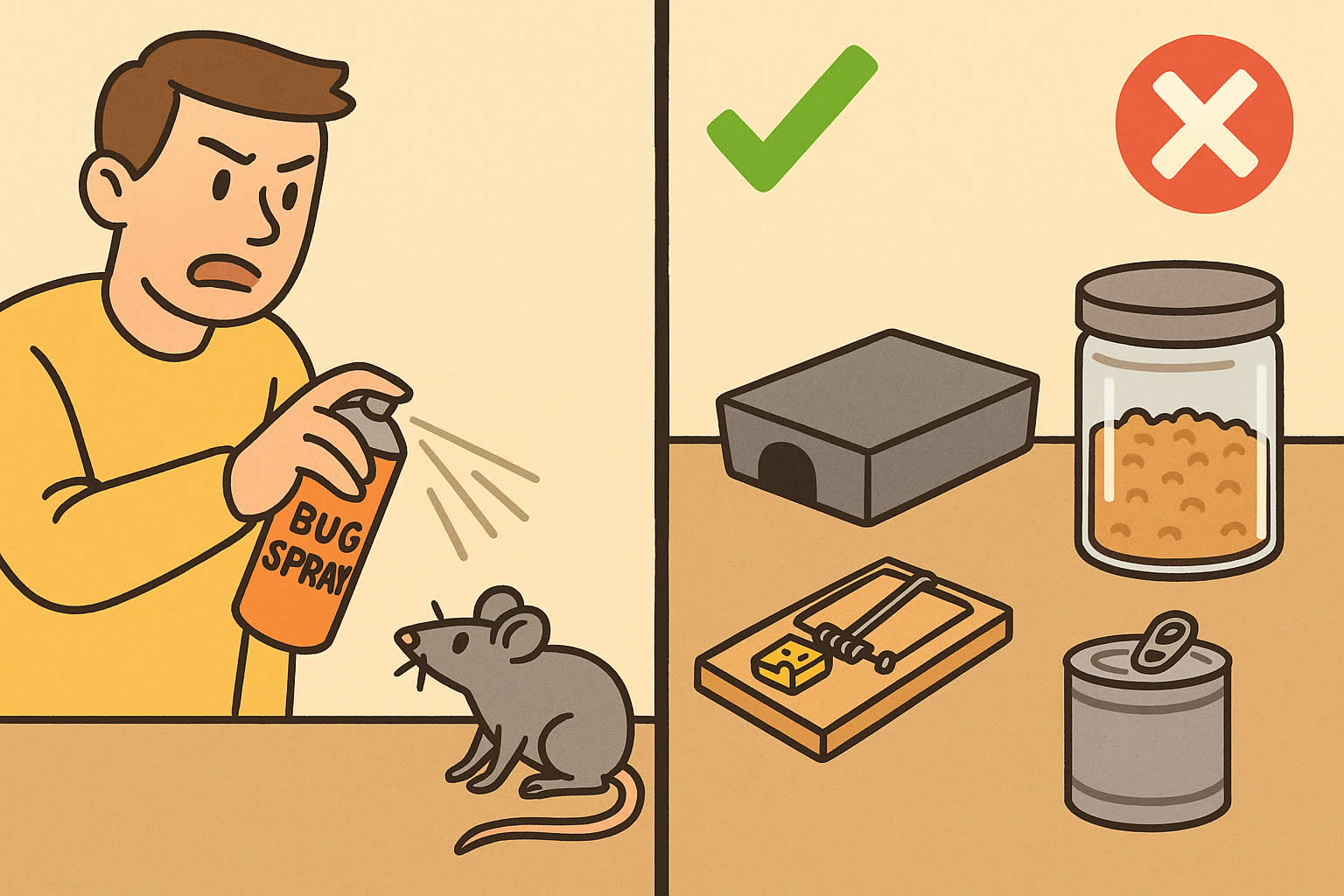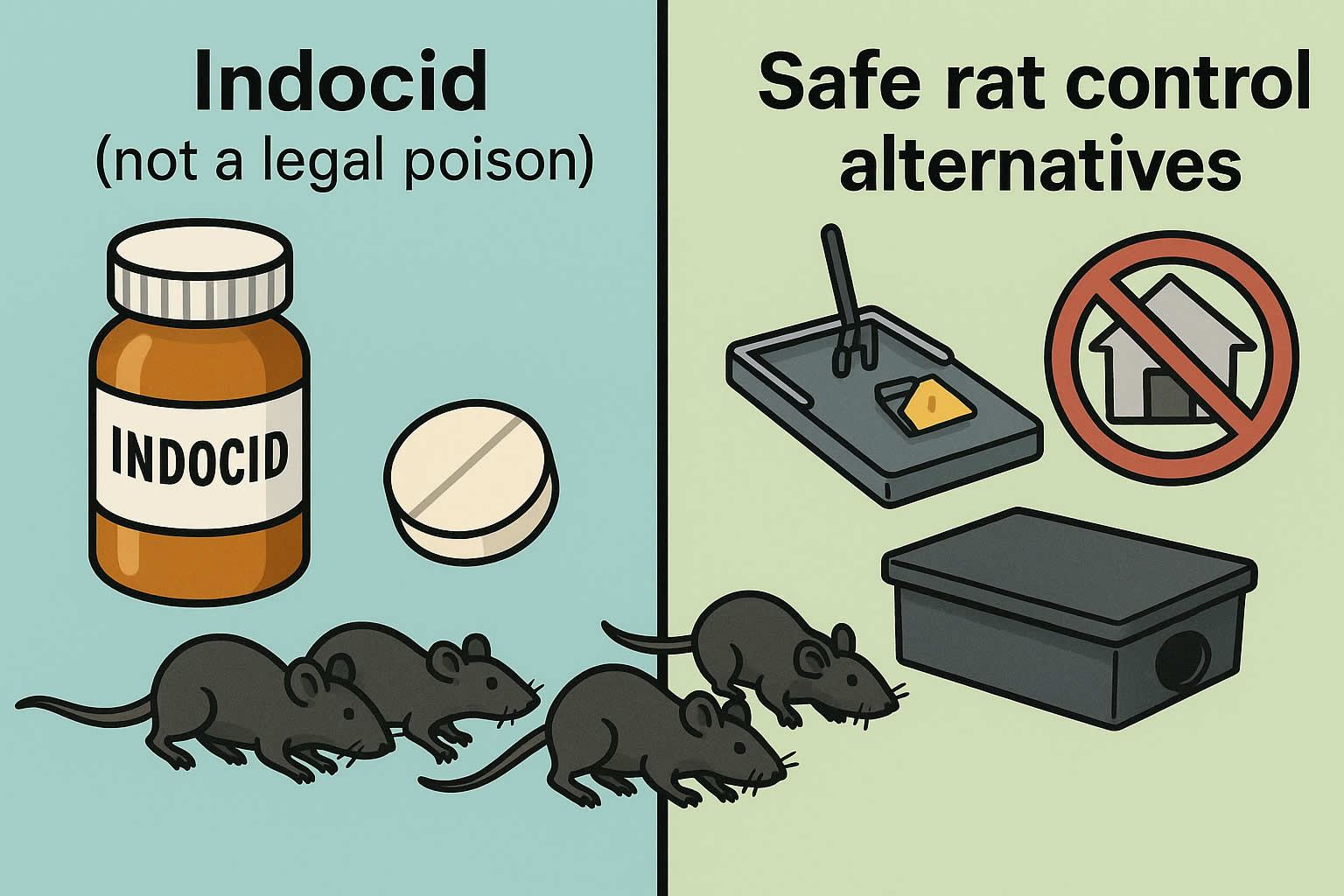Related Queries
ToggleCarpenter ants are some of the most fascinating insects in the natural world — strong, strategic, and surprisingly intelligent. While most people think about how to get rid of them, there are times when you might want to attract carpenter ants deliberately. Maybe you’re studying ant behaviour, testing a DIY bait, or monitoring colony activity as part of an IPM (Integrated Pest Management) strategy. Whatever your reason, understanding what lures them in can help you observe them safely and responsibly.
This guide explores what attracts carpenter ants, the foods and environmental factors they seek out, and how to set up attractants in a controlled way without causing a full-blown infestation. By the end, you’ll know how to encourage carpenter ants to appear where you want them — and just as importantly, how to reverse it if things go too far.
What Are Carpenter Ants?
Carpenter ants (Camponotus species) are large, highly organised ants known for nesting inside wood. Unlike termites, they don’t eat the wood itself — they excavate it to create elaborate tunnels and galleries that serve as safe nesting spaces.
Typically black or reddish-brown, carpenter ants can grow up to 12mm long. They have a distinctive heart-shaped head, bent antennae, and powerful mandibles capable of carving through softened timber. Colonies can grow to tens of thousands of individuals, led by a single fertile queen.
What makes them so remarkable is their adaptability. Carpenter ants are opportunists — they instinctively search for food, moisture, and shelter wherever they can find it. In forests, that might mean damp logs or hollow trees. In homes, it often means decaying window frames, leaking roof timbers, or even wall cavities.
Understanding this behaviour is essential. When you learn what conditions appeal to them, you can attract carpenter ants intentionally — whether for research, bait testing, or controlled observation — and do so responsibly.
What Draws Carpenter Ants In?
Carpenter ants don’t appear at random. They’re guided by powerful instincts and environmental cues that tell them where to find food, water, and protection. By recreating these elements, you can attract them with precision.
Food and Nutrients
Carpenter ants are omnivorous scavengers, meaning they’ll eat almost anything that provides energy. Sweet and protein-rich foods are their biggest weakness.
They’re irresistibly drawn to substances that are sugary, oily, or aromatic. Honey, syrup, jam, fruit juice, and soft drinks are highly effective attractants because of their intense scent and high energy content. Protein-based foods like pet biscuits, tuna, or bits of cooked meat also attract them, especially during breeding seasons when colonies need more nourishment.
In nature, carpenter ants feed on honeydew — a sweet liquid produced by aphids and other sap-feeding insects. You can mimic this by mixing sugar or honey with a few drops of water. For scientific observation or DIY baiting, this mixture works brilliantly because it spreads scent molecules quickly and lasts several hours before drying out.
Always use attractants sparingly. A small droplet is enough to lure scouting ants. Once they discover it, they’ll return to their colony, lay down pheromone trails, and recruit others to the source — a process that happens surprisingly fast.
Water and Moisture
Like all living creatures, carpenter ants need water. They’re instinctively drawn to humid, damp, or water-damaged environments.
If you’ve ever noticed them near bathrooms, kitchens, or leaky gutters, that’s no coincidence. Moist wood is softer and easier to tunnel through, making it perfect for nesting. Carpenter ants also rely on moisture for brood care, keeping their larvae and pupae in stable humidity conditions.
To attract them naturally, you can lightly mist a wooden plank or log with water, place it in a shaded outdoor area, and wait. They’re more likely to appear after rainfall or on warm, damp evenings.
Shelter, Nesting, and Structure
Carpenter ants are naturally drawn to wooden structures that offer both protection and potential nesting sites. Unlike soil-nesting ants, they prefer hollow or softened timber.
They’re particularly attracted to:
- Damp tree stumps and logs
- Decaying fences and decking boards
- Wooden sheds, porches, and eaves
- Cracks behind skirting boards or window frames
When setting up attractants for observation, it’s wise to use detached or disposable wooden items — never structural timber. Choose softwood, such as pine or spruce, as carpenter ants find it easier to excavate. Position the wood near food or sugar sources to maximise appeal.
Trails and Pheromones
Ants don’t just wander aimlessly. They communicate through pheromones — invisible chemical signals that mark trails between the colony and food sources.
When a scout ant finds something valuable, it releases pheromones while returning home. Other ants pick up the scent and follow the same path, strengthening the chemical trail with every journey. Within hours, a small group of scouts can turn into a steady stream of foragers.
You can use this to your advantage. Once you’ve placed a sugar attractant, resist the urge to clean or disturb the area. Carpenter ants need uninterrupted paths to maintain their trails. By watching how they move and organise, you’ll gain incredible insight into their efficiency and teamwork.
Environmental Cues and Access Routes
Carpenter ants respond strongly to their surroundings. Warmth, light, and shelter all influence where they travel.
Outdoors, they often use branches, ivy, or fence lines as natural bridges. Indoors, they follow cracks in plaster, gaps around wiring, and unsealed floor edges. Because they navigate primarily by scent and touch, they can explore hidden routes without ever being seen.
To attract them safely, you can create an “ant corridor” — a narrow route leading to your bait. A simple trail of honey droplets or sugar water along a garden plank or stone pathway works well. Keep it shaded, slightly moist, and free from strong odours or detergents.
How to Set Up Attractants (Responsibly and Safely)
Now that you know what draws carpenter ants in, it’s time to apply that knowledge practically. Setting up attractants requires care, especially if you don’t want to accidentally create a permanent infestation.
Here’s how to do it safely and effectively:
- Choose the Right Location – Pick an outdoor or semi-sheltered area near wood, soil, or vegetation. Avoid bringing attractants indoors unless you’re working in a sealed environment, such as a laboratory or observation box.
- Prepare Your Materials – Gather your attractants: sugar, honey, water, protein (like pet food or peanut butter), and soft wood pieces. Use small containers, glass lids, or foil sheets for easy clean-up.
- Mix and Apply – Create a simple sugar solution by combining one part sugar to two parts water. For protein, use a pea-sized dab of bait. Space them a few inches apart.
- Add Moisture and Shelter – Lightly mist the surrounding area with water to raise humidity. Place a damp wood block nearby to encourage temporary nesting exploration.
- Observe, Don’t Disturb – Once you spot ants arriving, let them explore freely. Watch how they communicate, recruit others, and build patterns. Note the time of day and temperature — carpenter ants often forage most actively between dusk and midnight.
- Record Findings – If you’re conducting a study or testing bait, record how quickly they appear and how long they stay. This data helps refine your understanding of attraction behaviour.
- Safety First (PPE & IPM) – Wear gloves if handling baits and never leave attractants unattended indoors. Integrated Pest Management (IPM) principles emphasise monitoring and minimal interference, ensuring observation doesn’t escalate into infestation.
Using these methods, you can attract carpenter ants intentionally, ethically, and effectively. Always keep safety and environmental responsibility at the forefront.
Risks and Unintended Consequences
Even a carefully planned setup can attract more ants than expected. It’s important to recognise the potential downsides before you begin.
If carpenter ants find ideal nesting conditions — damp wood, darkness, and steady food — they may decide to stay. Over time, this can lead to structural damage, especially if they tunnel into untreated timber.
Other pests, such as cockroaches or rodents, may also be drawn to sugary residues. You should always clean up after observation and avoid leaving attractants overnight in occupied buildings.
Another common issue is misidentification. Not all large ants are carpenter ants, and some species behave differently. Always confirm species using reputable identification guides before drawing conclusions.
Finally, remember that carpenter ants play a valuable ecological role outdoors — breaking down decaying wood and recycling nutrients. The goal of attracting them should be education or controlled study, not harm.
How to Reverse the Process (If You Attract Too Many)
If your experiment works too well and you suddenly have more ants than you bargained for, don’t panic. Reversing the attraction process is straightforward if done promptly.
- Remove Food Sources – Collect all baits and attractants, seal them in bags, and dispose of them outside. Wipe down surfaces thoroughly using mild detergent and warm water.
- Dry Out Moisture – Reduce humidity in affected areas using a dehumidifier or fan. Repair any leaks, dripping taps, or condensation build-ups immediately.
- Seal Entry Points – Use caulk or filler to close gaps in skirting boards, window frames, or brickwork. Carpenter ants can squeeze through incredibly small openings, so be meticulous.
- Treat or Replace Wood – If they’ve entered timber, inspect for softness or damage. Remove and replace compromised sections or treat them with a borate-based wood preservative.
- Monitor Continuously – Keep an eye on the area for several days. If activity persists, consult a professional pest controller — ideally a BPCA (British Pest Control Association)-registered expert who can assess safely.
Acting quickly and decisively will prevent colonies from settling. Once the conditions that attracted them are gone, the ants will soon disperse naturally.
FAQs
Are carpenter ants dangerous?
Not to humans directly, but they can cause serious structural damage over time by tunnelling into timber.
Will sugar baits attract only carpenter ants?
No — most ant species are drawn to sweet substances. Carpenter ants are larger and slower, making them easier to identify.
Can I attract them outdoors safely?
Yes. Outdoor setups pose minimal risk if kept away from doors, foundations, and timber buildings.
How quickly will they appear?
If conditions are ideal — warm, humid, and sweet-scented — scouts may arrive within a few hours.
Can professionals use attractants too?
Absolutely. Pest control experts often use attractants for monitoring and bait testing as part of IPM strategies.
Our Final Say
Carpenter ants are powerful, resourceful, and endlessly fascinating. By learning how to attract them safely, you gain insight into one of nature’s most efficient foraging systems.
From sugary scents to damp wood, their preferences reveal how instinctively organised their colonies are. But while it’s exciting to observe these intelligent insects up close, remember to act responsibly — keep attractants contained, avoid encouraging nesting, and always respect ecological balance.
Through knowledge, patience, and ethical practice, you’ll not only attract carpenter ants but also appreciate the remarkable precision of their world — one trail, one scent, and one step at a time.
Pest Control Kendal – Pest Control Wymington – Pest Control Radwell
